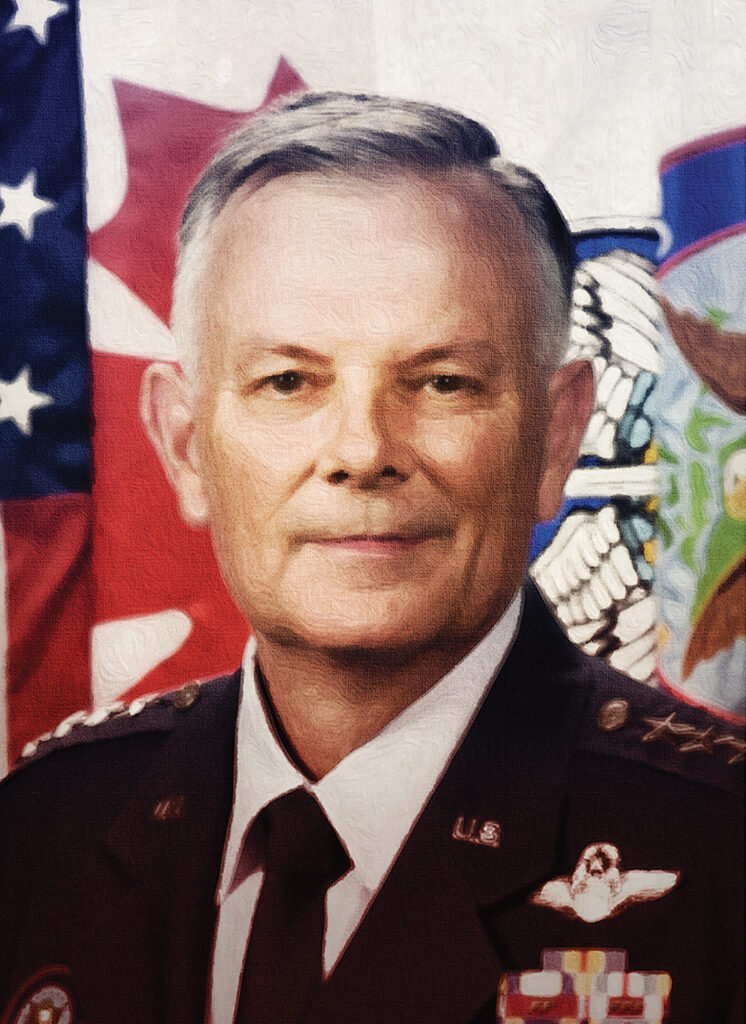NORAD and USNORTHCOM commander outlines priorities, highlights capabilities
THE WATCH STAFF
The United States can expect to see adversaries continue to demonstrate the capability and intent to threaten national interests in this era of renewed power competition, but U.S. Air Force Gen. Glen D. VanHerck said that North American Aerospace Defense Command (NORAD) and U.S. Northern Command (USNORTHCOM) stand ready to meet those challenges and outpace opponents.
“USNORTHCOM’s essential role in defending the nation and supporting federal and international partners will be more vital than ever as the command continues to meet its sacred obligations,” VanHerck said in prepared remarks for a U.S. Senate Armed Services Committee hearing to confirm his appointment. He pledged to ensure an adaptive and responsive command while mitigating the coronavirus pandemic’s effects on military readiness and public health. “This historic confluence of challenges highlights the necessity for a dedicated and focused combatant command, a ready and responsive force and continued modernization of our homeland defense architecture.”
NORAD is a binational command of the U.S. and Canada charged with the missions of aerospace warning, maritime warning and aerospace control for North America. USNORTHCOM conducts homeland defense, civil support and security cooperation to protect the U.S. and its interests. The two commands have complementary missions and are co-located at Peterson Air Force Base in Colorado Springs, Colorado.
VanHerck assumed command of NORAD and USNORTHCOM in August 2020. He previously served as director of the Joint Staff at the Pentagon, where he assisted the chairman of the Joint Chiefs of Staff in advising the U.S. president and defense secretary, coordinated and directed activities of the Joint Staff in support of the chairman and served as the staff inspector general. VanHerck, who has served as an instructor pilot and flight examiner as well as a U.S. Air Force weapons school instructor, succeeded U.S. Air Force Gen. Terrence J. O’Shaughnessy, who retired from active duty after 34 year of military service.
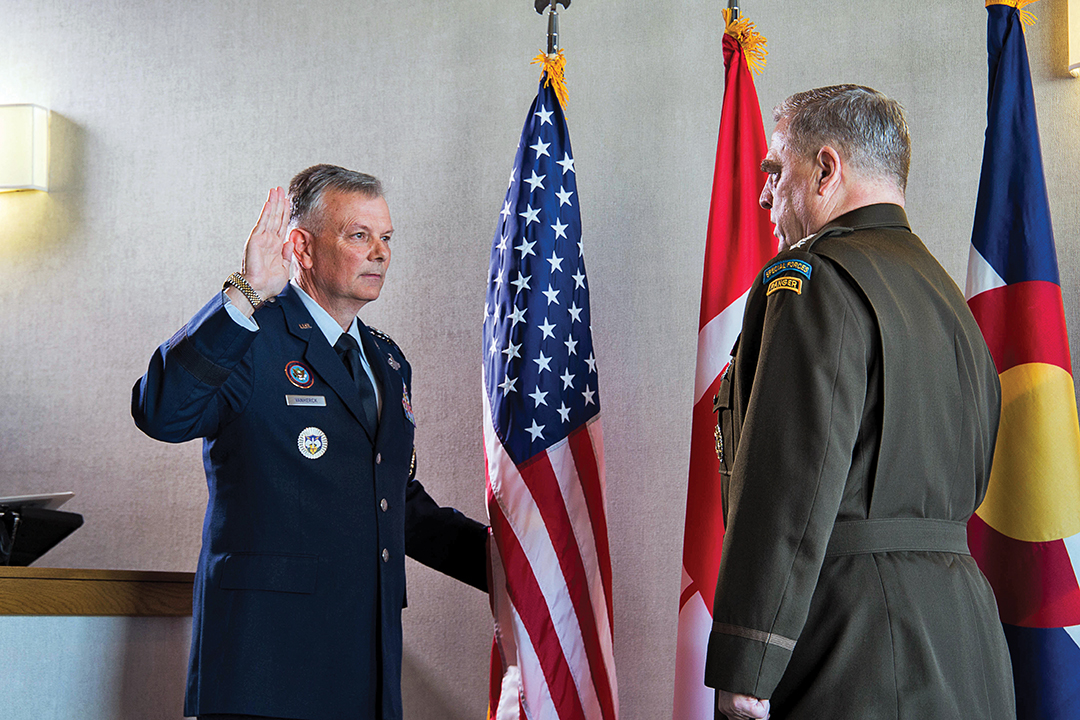
VanHerck “has a keen understanding of the nature of today’s threats and the importance of greater investments to advance our capabilities and make tangible strides toward decision superiority, which puts us ahead of our adversaries at every single turn,” then-U.S. Secretary of Defense Mark Esper said during a change of command ceremony. “He’s committed to ensuring NORTHCOM and NORAD lead the way in preparing our military across every domain.”
The path to victory in such a dynamic battlespace includes information dominance, VanHerck said.
“I’m a firm believer that future competition, crisis and conflict will be won or lost based on our ability to achieve information dominance,” the commander wrote in his initial guidance published in a NORAD and USNORTHCOM newsletter. “This will drive requirements for critical data to support decisions from the strategic to the tactical level. To get there, we need domain awareness across every environment, from subsurface to on-orbit and cyberspace. We must continue to develop and provide all-domain command and control.”
VanHerck outlined near-term priorities and his mission focus in the newsletter. They include:
Homeland defense: “As the National Defense Strategy and Sensitive Site Exploitation state, defense of our North American homelands is our No. 1 priority,” VanHerck said. “It is a no-fail mission.”
All-domain awareness: “We must continue working through this to lead cultural changes within the U.S. Department of Defense and Canadian Armed Forces and ensure support for domain awareness improvements necessary to better defend the homelands,” he said.
Defense support of civil authorities: “We must be ready daily to support our interagency partners, when requested, especially in this COVID environment,” VanHerck said.
Ballistic missile defense capabilities: “In collaboration with [the U.S.] Missile Defense Agency (MDA), we must ensure there are no gaps in capability and achieve a true layered defense for our nations,” he said.
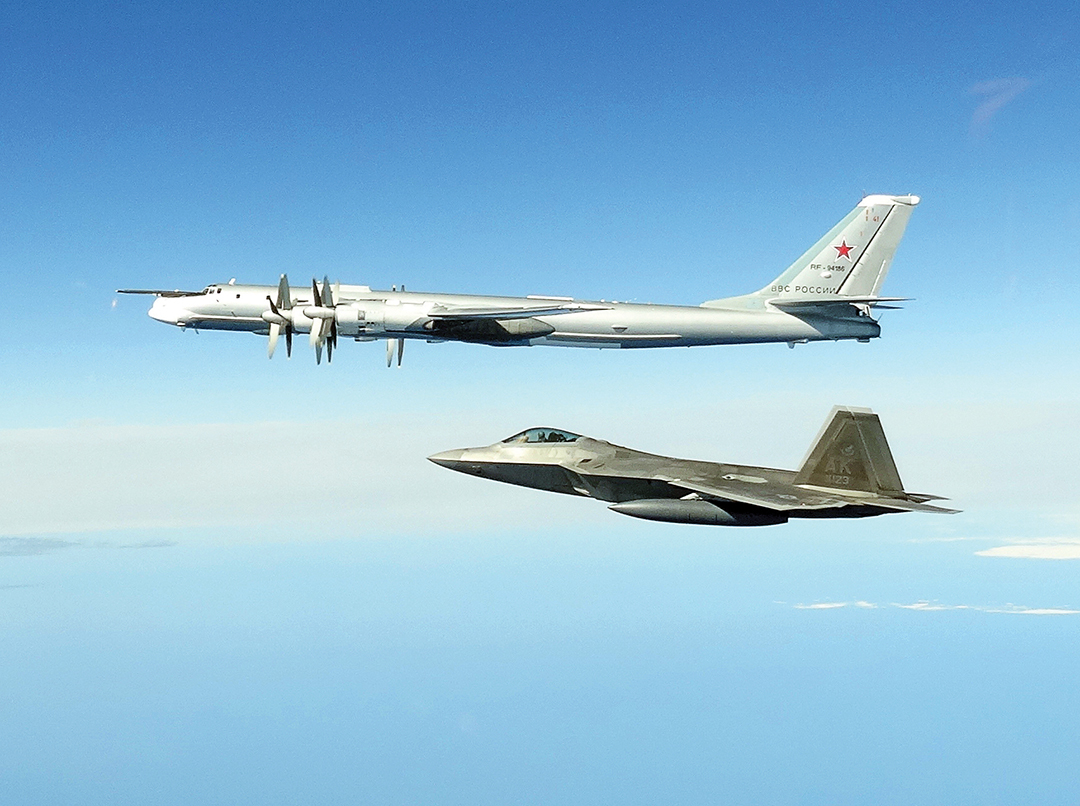
VanHerck outlined additional focus areas. “Foster and maintain a healthy and fun work environment, foster and maintain relationships, grow leaders and execute today’s fight efficiently and effectively,” he said, adding that he highlights these priorities each time he’s tapped as a commander.
“Today, we are experiencing one of the most dynamic geostrategic environments I have ever seen in my 33 years of service,” VanHerck wrote in the command’s newsletter. “Whether the threat comes from Russia, China, Iran, North Korea, violent extremist organizations, transnational criminal organizations or cyberspace, the challenges posed by potential adversaries will persist. I believe that we must continue to evolve our culture and mindset and lead our defense establishments to ensure that every operational plan, decision and budgeting choice we make as an institution starts and ends with homeland defense.”
BALLISTIC MISSILE DEFENSE
USNORTHCOM’s mission includes defending the U.S. against the threat of ballistic missile attack. To do so, U.S. ballistic missile defense systems must remain operationally effective and keep pace with evolving threats posed by rogue states, VanHerck said. USNORTHCOM works closely with the MDA to ensure that system sustainment and testing provide the command the capability to execute its ballistic missile defense mission, VanHerck said. Test flights help inform successful deployment and capabilities and build warfighters’ confidence in U.S. systems.
Working with the MDA, USNORTHCOM evaluates current and emerging technology that enhances missile defense capabilities against threats such as North Korean ballistic missiles and missile attacks from the People’s Republic of China (PRC) and Russia. “The threat of large-scale missile attacks from Russia and China can be effectively addressed through strategic deterrence,” VanHerck said in his congressional remarks.
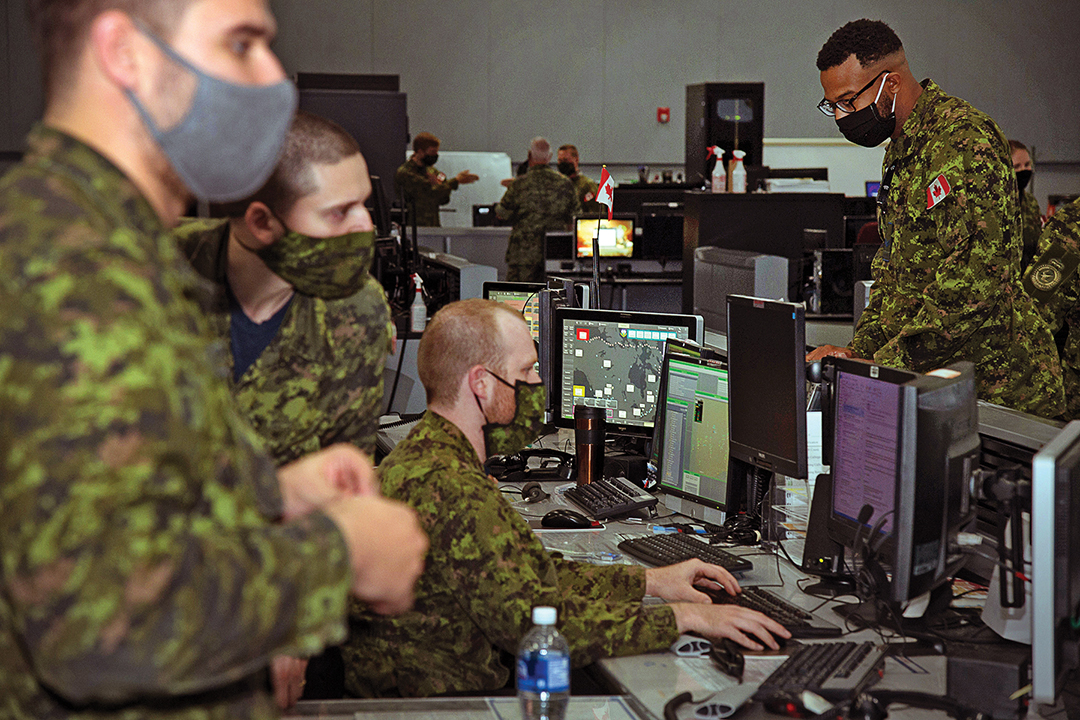
The U.S. achieves deterrence by investing in hypersonic weapons and science and technology research programs, including developing a space-based sensor layer to complement current and planned terrestrial-based sensor architecture, he said. Such a layer places hundreds of satellites in low-Earth orbit to track hypersonic missiles and ballistic threats. Such sensors, characterized as terrestrial combat, can also be used to collect tactical intelligence.
“As adversaries’ missile threat capabilities evolve, I believe we must have the ability to continuously track and discriminate every threat from the time of launch through intercept,” VanHerck told Congress. “A space-based sensor layer could provide near-global coverage, tracking and discrimination for a wide spectrum of missile threats.”
NORAD works with mission partners to enhance air defense systems and domain awareness sensor coverage of the northernmost region of North America. VanHerck called the development of such capabilities a priority. “We must be able to defend North America against the cruise missile threat,” he said.
OUTPACING THE ADVERSARY
The U.S. and Canada face diverse threats and challenges to their air defenses across domains. NORAD and USNORTHCOM “work around the clock” to monitor these approaches and stand ready to respond at a moment’s notice should adversaries challenge the command’s defense, VanHerck said. Near-peer competitors such as the PRC and Russia, for example, seek to exploit perceived vulnerabilities to erode the U.S.’s strategic advantage, he said. The PRC and Russia have changed the global strategic dynamic by fielding long-range weapons that can reach North America from well beyond NORAD’s radar coverage area. They are also increasingly aggressive in seeking to expand their global presence and influence, VanHerck said.
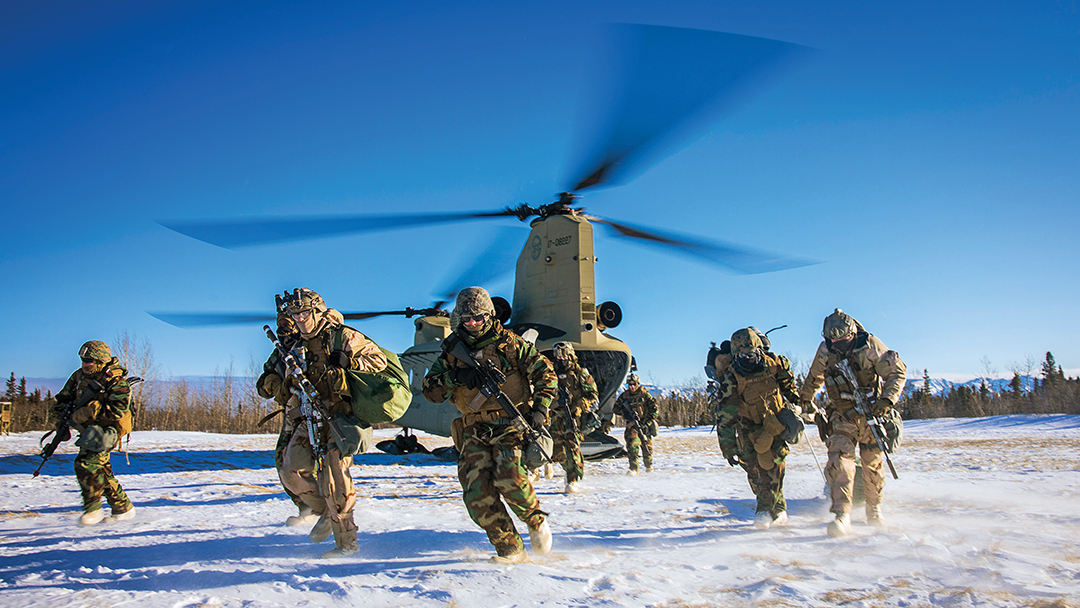
LANCE CPL. JOSE GONZALEZ/U.S. MARINE CORPS
“Our adversaries continue to advance capabilities with increasing ranges, speed and maneuverability. I believe North American Aerospace Defense Command’s air and missile warning systems must outpace our adversaries’ advancing capabilities by providing detection and warning at ranges that allow an appropriate response,” VanHerck told Congress.
NORAD’s modernization efforts will ensure its systems outperform competitor capabilities. VanHerck said he will continue to advocate for improvements to ensure the command maintains a strategic and tactical advantage.
PROTECTING ARCTIC INTERESTS
USNORTHCOM’s area of responsibility has included the Bering Strait and the North Pole since the 2011 Unified Command Plan realigned combatant command boundaries. That means USNORTHCOM protects U.S. sovereignty and interests in the Arctic region, where the PRC and Russia are jockeying for influence. VanHerck said USNORTHCOM’s Arctic requirements will be assessed to identify gaps or shortfalls that would impede the command’s mission. “I believe it is imperative the command have the ability to operate, communicate and maintain domain awareness in the Arctic,” he said, adding that achieving success there will involve collaborating with U.S. European Command and U.S. Indo-Pacific Command.
The commander also highlighted the value of established relationships and forums that facilitate open communication among Arctic stakeholders regarding operational requirements, such as the USNORTHCOM-led Arctic Capabilities Advocacy Working Group.
VanHerck said that he supports the U.S. formally joining the United Nations Convention on the Law of the Sea, which established a comprehensive framework of rules relating to the world’s oceans and seas. The U.S. is the only Arctic nation that has not signed the 1982 treaty, and VanHerck said that allows revisionist powers such as the PRC and Russia to advance their interests by exploiting the U.S. absence in key diplomatic forums. Joining the treaty, VanHerck said, would ensure that U.S. interests are represented during international negotiations regarding territorial disputes and challenges to maritime customs and practices.

